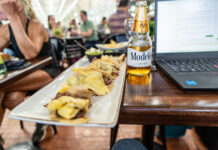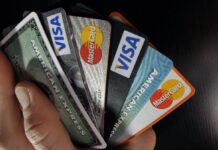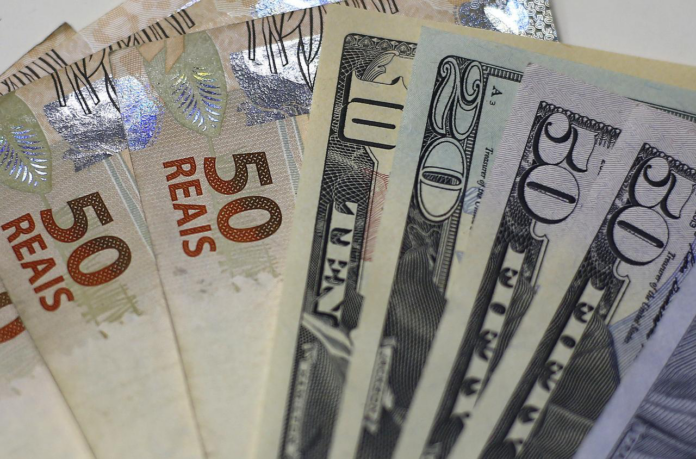Are you aware that, besides the market rate (known as Dólar Comercial), there are three other types of FX rates?
Most merchants, before enabling their e-commerce to sell to Brazilians, have no idea how messy it can get or how important it is to understand these differences before signing a contract with a PSP.
Of course, this can significantly impact your margins, chargebacks, and conversion rates depending on your industry.
The three other types of FX rates are Dólar PTAX, Dólar Turismo, and Dólar Paralelo.
Foreign exchange in Brazil is a topic that will make your eyebrows raise.
The notion that supply and demand, domestic policies, and import/export activity control the FX price isn’t entirely true down here.
In practice, the three variations in pricing are determined by where the currency is traded and the spread applied on top of the commercial rate.
1. Dólar Comercial (Commercial Dollar)
It is traded on the stock market and is the most commonly used rate for international transactions by the government and large corporations. This is the rate you’ll see on websites such as Bloomberg, Reuters, and central banks.
In general, this rate is determined by supply and demand; however, the government may intervene by using its reserves to keep the USD-to-BRL rate lower.
2. Dólar Turismo (Tourism Dollar)
This variation of the currency is mostly used, as you can imagine, when a Brazilian citizen travels abroad. This is the reference when a person buys US currency from their bank or from a broker. It is also used in online purchases, when acquiring is not done locally, and when using a credit card abroad that was issued by a Brazilian bank.
The spread on top of the Dólar Comercial to compose the Turismo rate used by brokers and banks is typically between 4-9%.
3. Dólar PTAX
PTAX dollar is an FX rate calculated daily by the Brazilian Central Bank. It is the average of all FX rates practiced by the “dealers”, the institutions serving as intermediaries in the open market.
In total, four queries are made into transactions that happen between: 10:00-10:10am; 11:00-11:10am; 12:00-12:10pm, and 1:00-1:10pm. Results are published by the Central Bank after the last query, around 1:30pm.
4. Dólar Paralelo (Parallel Dollar)
As the name suggests, it’s part of a non-official market. It was popular in Brazil during the 90’s due to the high volatility of the currency.
Over time, its use became associated with fraudulent operations, as the negotiations are clandestine and unrecognized by the Central Bank. Therefore, if a PSP ever mentions this rate, run away from it.
What you really need to know about FX
Unfortunately, if you are not a company listed in the Brazilian stock market, trading large sums of money every day, there will be a larger spread on the FX of your settlements.
Are you in control of the FX of your operation? Are you knowingly passing its costs on to your customers, or are you letting your PSP do as they please? If your PSP guarantees you will receive funds in USD, but is not mentioning FX, there a high chance your customers are being overcharged.












